A comprehensive resource pack helping students explore the concept of figurative language.
Being able to interpret figurative language is an important comprehension strategy for students to understand.
A comprehensive resource pack helping students explore the concept of figurative language.
Being able to interpret figurative language is an important comprehension strategy for students to understand.
Discuss the nature and effects of some language devices used to enhance meaning and shape the readerâs reaction, including rhythm and onomatopoeia in poetry and proseElaborationsidentifying the effect of imagery in texts, for example the use of ...
Understand, interpret and experiment with a range of devices and deliberate word play in poetry and other literary texts, for example nonsense words, spoonerisms, neologisms and punsElaborationsdefining spoonerisms, neologisms and puns and exploring ...
Understand, interpret and experiment with sound devices and imagery, including simile, metaphor and personification, in narratives, shape poetry, songs, anthems and odesElaborationsdiscussing how figurative language including simile and metaphor can ...
Experiment with text structures and language features and their effects in creating literary texts, for example, using imagery, sentence variation, metaphor and word choiceElaborationsselecting and using sensory language to convey a vivid picture of ...
Identifies the effect of purpose and audience on spoken texts, distinguishes between different forms of English and identifies organisational patterns and features
Uses effective and accurate sentence structure, grammatical features, punctuation conventions and vocabulary relevant to the type of text when responding to and composing texts
Communicates effectively for a variety of audiences and purposes using increasingly challenging topics, ideas, issues and language forms and features
Uses knowledge of sentence structure, grammar, punctuation and vocabulary to respond to and compose clear and cohesive texts in different media and technologies
Discuss the nature and effects of some language devices used to enhance meaning and shape the reader’s reaction, including rhythm and onomatopoeia in poetry and prose
Understand, interpret and experiment with sound devices and imagery, including simile, metaphor and personification, in narratives, shape poetry, songs, anthems and odes
Experiment with text structures and language features and their effects in creating literary texts
Discuss the effects of some literary devices used to enhance meaning and shape the reader’s reaction, including rhythm and onomatopoeia in poetry and prose
Examine the use of literary devices and deliberate word play in literary texts, including poetry, to shape meaning
Examine the effects of imagery, including simile, metaphor and personification, and sound devices in narratives, poetry and songs

We create premium quality, downloadable teaching resources for primary/elementary school teachers that make classrooms buzz!
Would you like something changed or customised on this resource? While our team makes every effort to complete change suggestions, we can't guarantee that every change will be completed.
Did you spot an error on this resource? Please let us know and we will fix it shortly.
Are you having trouble downloading or viewing this resource? Please try the following steps:
If you are still having difficulty, please visit the Teach Starter Help Desk or contact us .
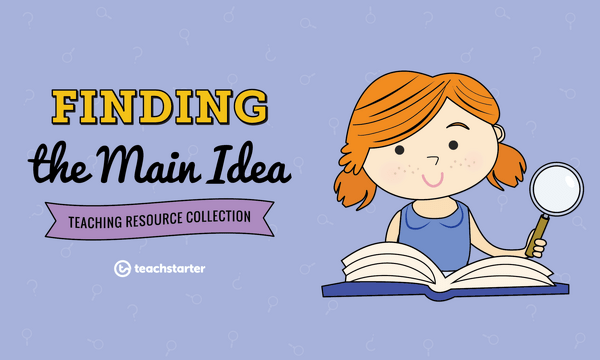
A comprehensive resource pack helping students to learn how to find the main idea.

A comprehensive resource pack to help students understand the concept of sequencing.
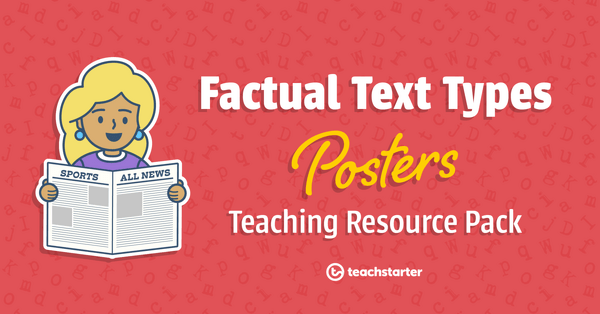
A set of posters about the factual text types, including annotated examples for each.
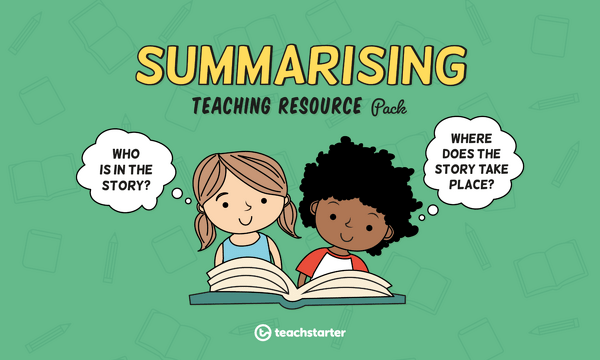
An extensive resource pack to help students understand the concept of summarising.
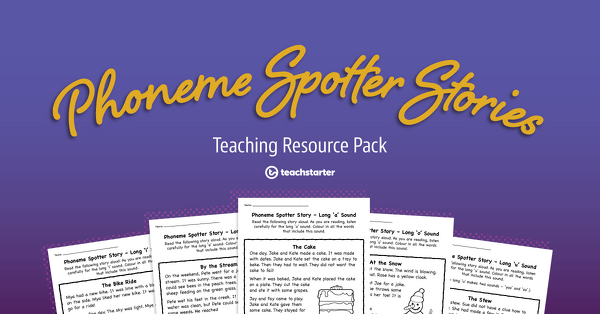
A collection of decodable texts featuring various phonemes.

A comprehensive resource pack to help students learn to distinguish between fact and opinion.
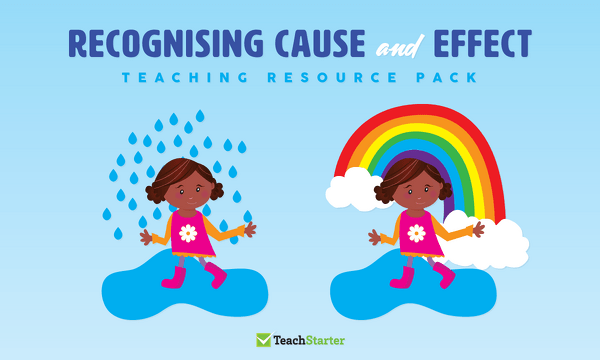
A comprehensive resource pack helping students to recognise cause and effect.
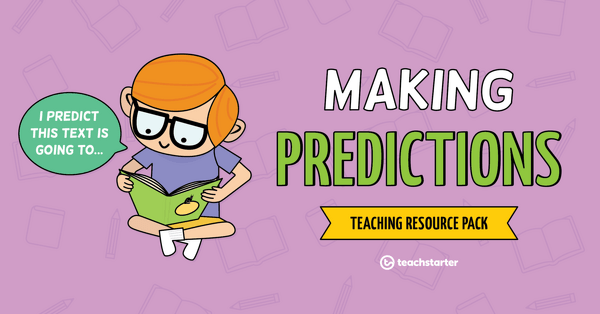
An extensive resource pack helping students to learn how to make predictions.
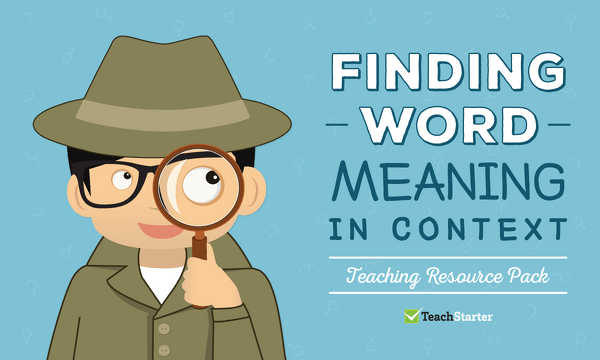
A comprehensive resource pack to help students understand how to work out the meaning of words in context.
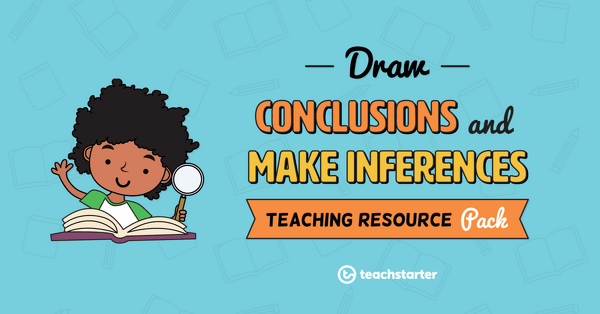
A comprehensive resource pack helping students draw conclusions and make inferences.
0 Comments
Write a review to help other teachers and parents like yourself. If you'd like to request a change to this resource, or report an error, select the corresponding tab above.